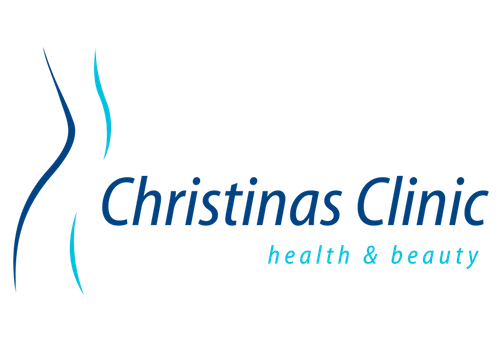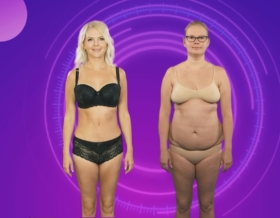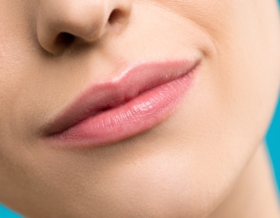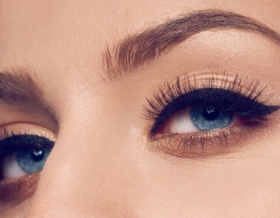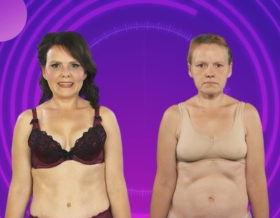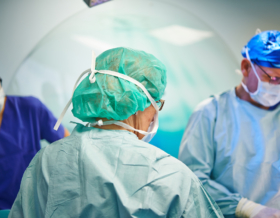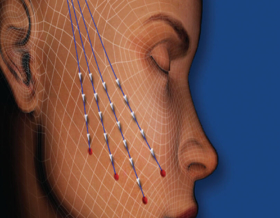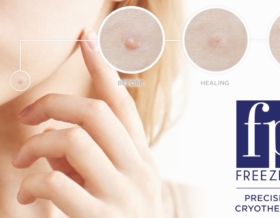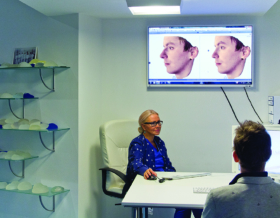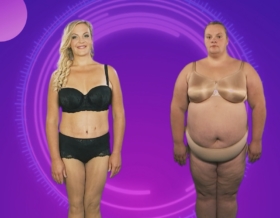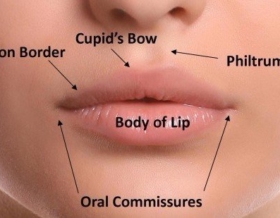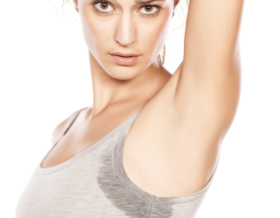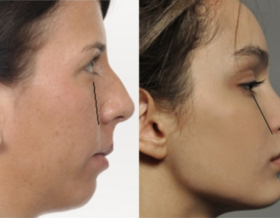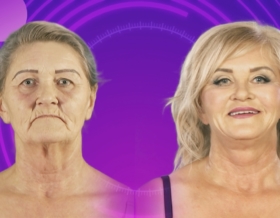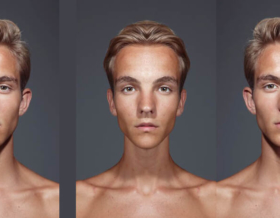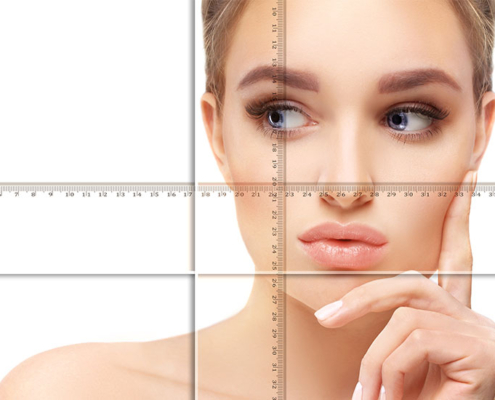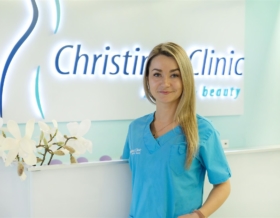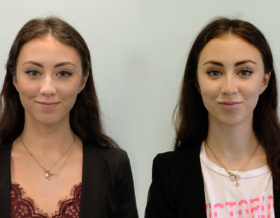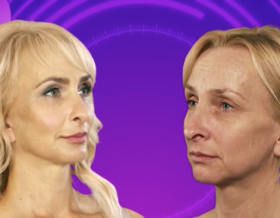 https://www.christinasclinic.ee/wp-content/uploads/ylle_005-e1562939531658.jpg
800
1200
cc
https://www.christinasclinic.ee/wp-content/uploads/Christinas-Clinic-LOGO.png
cc2018-09-12 12:39:092020-09-10 11:48:35Biorevitalisation and PRP: moisturised skin and beautiful hair
https://www.christinasclinic.ee/wp-content/uploads/ylle_005-e1562939531658.jpg
800
1200
cc
https://www.christinasclinic.ee/wp-content/uploads/Christinas-Clinic-LOGO.png
cc2018-09-12 12:39:092020-09-10 11:48:35Biorevitalisation and PRP: moisturised skin and beautiful hairSagging facial skin – Which procedure is right for me?
Some beauty procedures are so similar in nature and process that it becomes difficult to decide which is suitable for the individual patient’s face. Two procedures which both aim to fill sagging skin are injectable gels and fat transfer. This article aims to distinguish this process, and help you determine which is best for you.
Flexibility with injectable gels
Facial fillers are a simpler procedure than fat-crafting and do not demand as experienced a doctor as the latter. They also have a more temporary nature and can therefore be used as a method to see the results before deciding for a more permanent surgery.
For filling or lifting different areas in the face, a variety of injectable gels with different longevities / durability and effectiveness is available. They can be used to fill dimples, bumps or inconsistencies. These are especially popular among patients who are intimidated by the commitment a surgery involves.
We also suggest injectable gels when considering nose shape modification. It is more common among Caucasians and in Western countries to change the tip of the nose or the columella. In Asia, however, there is preference for a ‘sharper’- high and pointed nose. The two year duration of these fillers can be a perfect period to get accustomed to the change and decide whether to opt for another round of fillers or a more permanent surgery.
It is said that in the ideal face profile the center of the nostrils, lips and chin all lie on the same line. With this is mind, loss of balance is often attributed to the nose, when in fact it could likely be due to the shape of the chin. A chin implant might seem like a radical solution at first, and finding the right size for you can seem equally complicated. In these situations, injectable gels come in handy to ‘try on’ this change prior to implanting a permanent prosthesis in your chin.
Soft tissue adds youth to the face
As soft tissue under the skin disappears slowly during ageing, the skin loses its firmness. Fat transfer in the face has therefore become increasingly popular among plastic surgeons and patients alike.
The procedure of fat-crafting requires an experienced surgeon. During the procedure the patient’s own fat is integrated into their cardiovascular system, and it becomes part of the body in a way that facial fillers are not able to.
Some areas can be treated with only fat, e.g. depressions under the eyes. Fat-crafting in this area can reduce dark circles, soften wrinkles caused by mimics and fill sunken eyes. Transplanted fat permanently enters the metabolism and remains there to fill the area. Cases in which a patient was thought to need upper eyelid surgery, but actually gets away with a simpler fat transplant, are not uncommon.
Fat-crafting is also suitable for lifting a perched brow arch. When the fat tissue reduces (by way of the natural aging process), the brow lowers significantly. Adding fat to the area will restore the natural look. However, frown lines better treated with facial fillers, as this is a more robust method to smooth the base of the wrinkles.
There are also areas where either of the two can be used. Both procedures help to tighten the skin and shape the face in areas where dimples, bumps and minor sagging of soft tissues appear, such as in the corners of the mouth and nasolabial folds, cheekbones and the malar region. Choosing which method then depends on how significant the change has to be.
One commonality of these two methods of facial modification is that neither can be used to remove excess skin. If you are in a situation that you think this is necessary, you may want to consider face lifts.
Read more about injectable gels
Attention! This is a healthcare service. Christinas Clinic is licensed by the Health Board, permit L04361 (CBF Medical OÜ). The operations and procedures are performed by healthcare professionals.
Facial fillers
Duration: 30-50 minutes
Facial lipofilling
Duration: 1-2 hours
